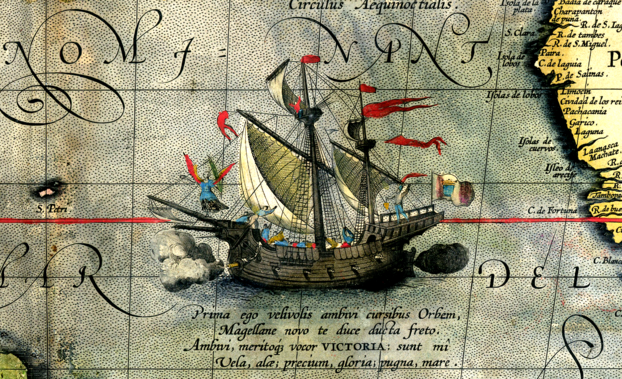
One of Ferdinand Magellan's five ships--the Vittoria--arrives at SanlÚcar de Barrameda in Spain, thus completing the first circumnavigation of the world. The Vittoria was commanded by Basque navigator Juan SebastiÁn de Elcano, who took charge of the vessel after the murder of Magellan in the Philippines in April 1521. During a long, hard journey home, the people on the ship suffered from starvation, scurvy, and harassment by Portuguese ships. Only Elcano, 17 other Europeans, and four Indians survived to reach Spain in September 1522.
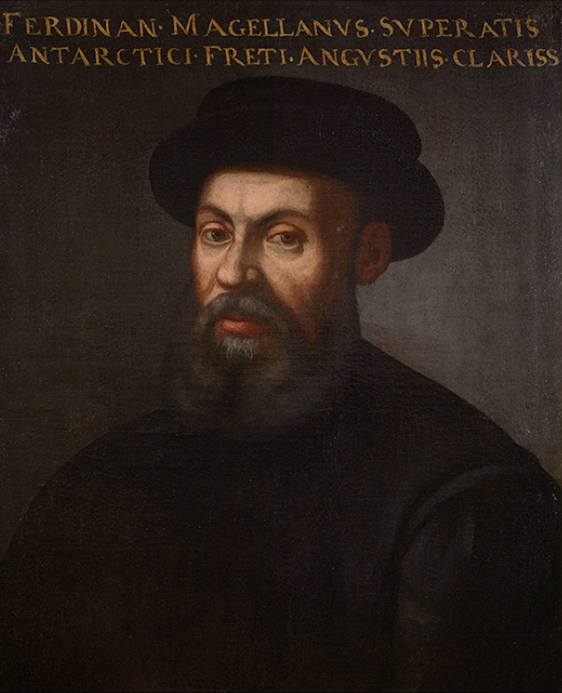

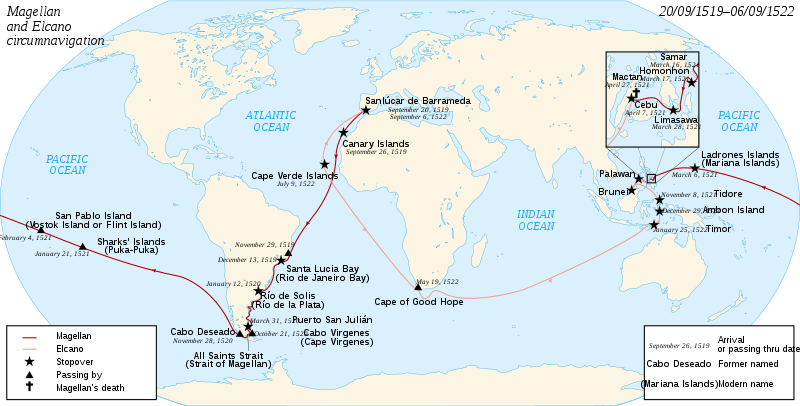
On September 20, 1519, Magellan set sail from Spain in an effort to find a western sea route to the rich Spice Islands of Indonesia. In command of five ships and 270 men, Magellan sailed to West Africa and then to Brazil, where he searched the South American coast for a strait that would take him to the Pacific. He searched the RÍo de la Plata, a large estuary south of Brazil, for a way through; failing, he continued south along the coast of Patagonia. At the end of March 1520, the expedition set up winter quarters at Port St. Julian. On Easter day at midnight, the Spanish captains mutinied against their Portuguese captain, but Magellan crushed the revolt, executing one of the captains and leaving another ashore when his ship left St. Julian in August.
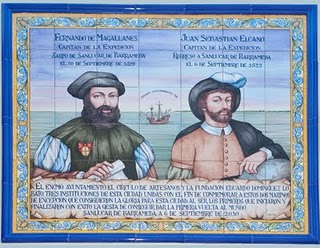
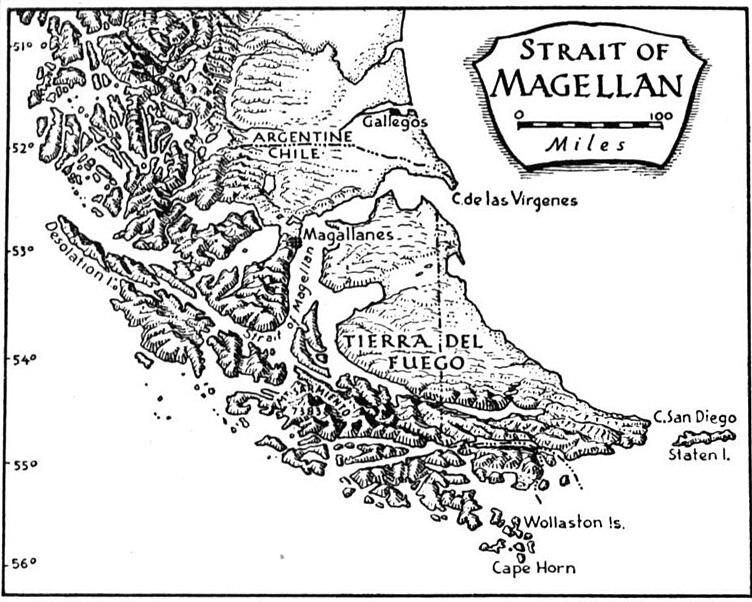
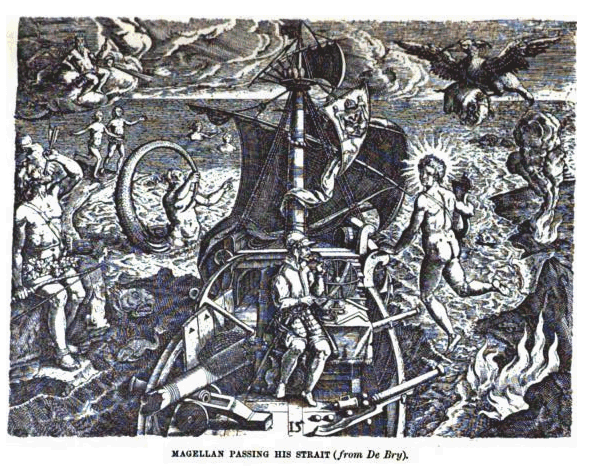

On October 21, he finally discovered the strait he had been seeking. The Strait of Magellan, as it became known, is located near the tip of South America, separating Tierra del Fuego and the continental mainland. Only three ships entered the passage; one had been wrecked and another deserted. It took 38 days to navigate the treacherous strait, and when ocean was sighted at the other end Magellan wept with joy. He was the first European explorer to reach the Pacific Ocean from the Atlantic. His fleet accomplished the westward crossing of the ocean in 99 days, crossing waters so strangely calm that the ocean was named "Pacific," from the Latin word pacificus, meaning "tranquil." By the end, the men were out of food and chewed the leather parts of their gear to keep themselves alive. On March 6, 1521, the expedition landed at the island of Guam.
![[Illustration]](http://www.mainlesson.com/books/ober/magellan/zpage116.gif)


Ten days later, they dropped anchor at the Philippine island of Cebu--they were only about 400 miles from the Spice Islands. Magellan met with the chief of Cebú, who after converting to Christianity persuaded the Europeans to assist him in conquering a rival tribe on the neighboring island of Mactan. In subsequent fighting on April 27, Magellan was hit by a poisoned arrow and left to die by his retreating comrades.

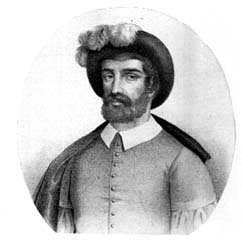

After Magellan's death, the survivors, in two ships, sailed on to the Moluccas and loaded the hulls with spice. One ship attempted, unsuccessfully, to return across the Pacific. The other ship, the Vittoria, continued west under the command of Juan SebastiÁn de Elcano. The vessel sailed across the Indian Ocean, rounded the Cape of Good Hope, and arrived at the Spanish port of SanlÚcar de Barrameda on September 6, 1522, becoming the first ship to circumnavigate the globe. The Vittoria then sailed up the Guadalquivir River, reaching Seville a few days later.
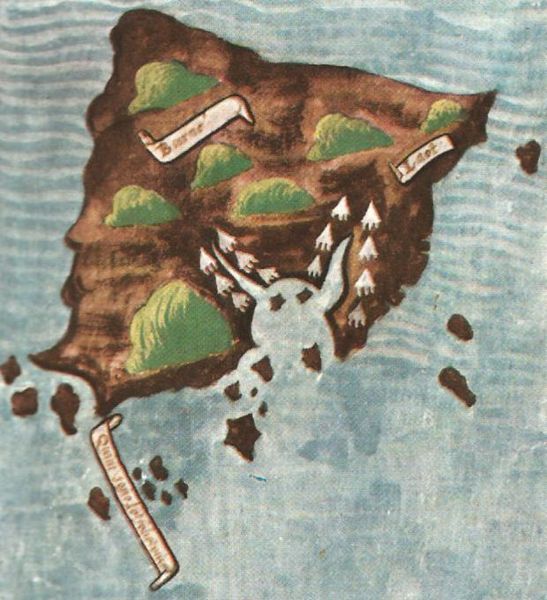
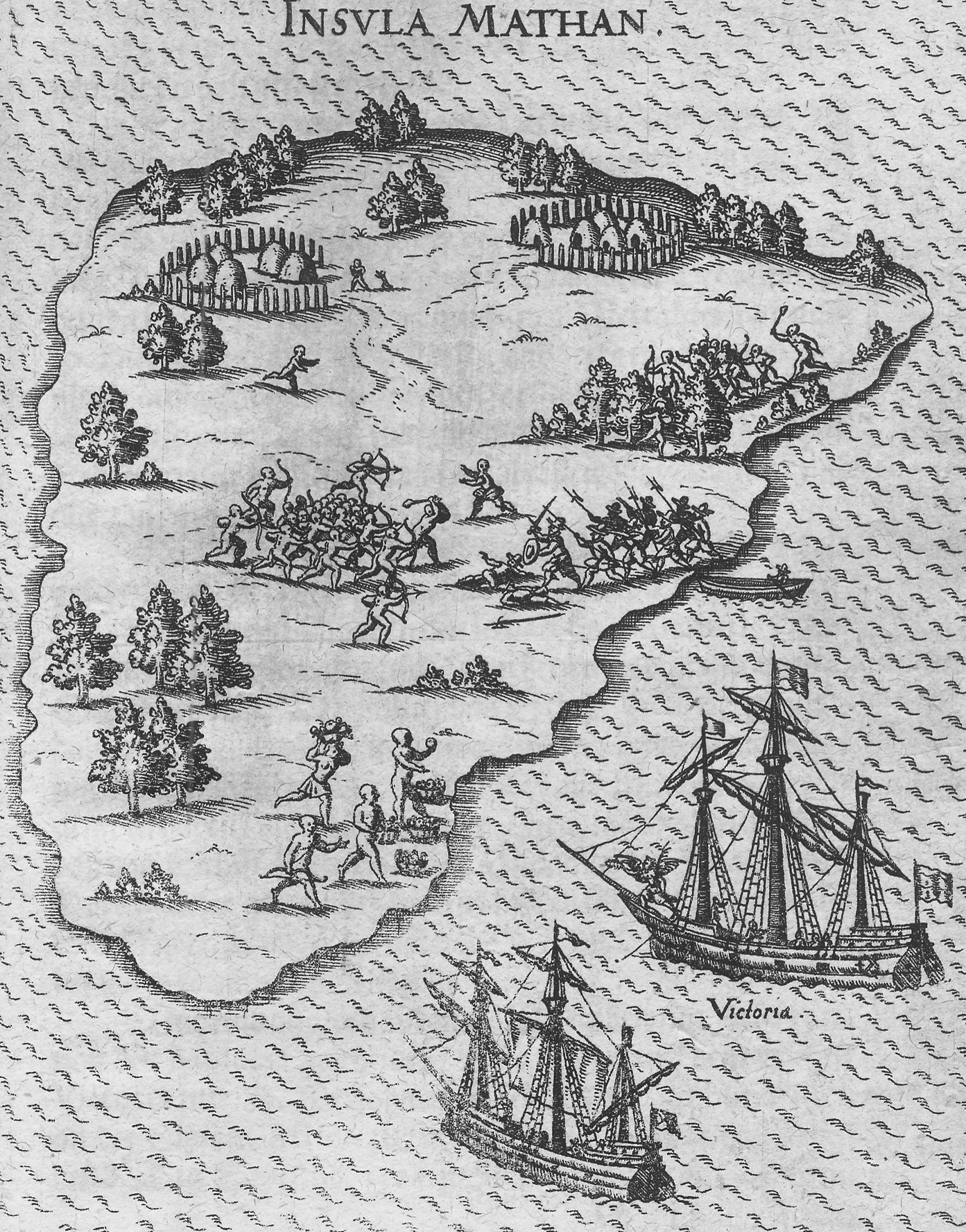
Elcano was later appointed to lead a fleet of seven ships on another voyage to Moluccas on behalf of Emperor Charles V. He died of scurvy en route.


The 18 who returned to Seville in Victoria.
- Juan Sebastián Elcano, captain-general.
- Miguel de Rodas, boatswain (contramaestre) of Victoria.
- Francisco Albo, of Axio, island of Rodos, boatswain of Trinidad.
- Juan de Acurio, of Bermeo, boatswain of the Concepcion.
- Martino de Judicibus, of Genoa, superintendent of Concepcion.
- Hernando de Bustamante, of Alcantara, barber of Concepcion.
- Juan de Zuvileta, of Baracaldo, page of Victoria.
- Miguel Sanchez, of Rodas, skilled seaman (marinero) of Victoria.
- Nicholas the Greek, of Nafplion, marinero of Victoria.
- Diego Gallego, of Bayonne, marinero of the Victoria.
- Juan Rodriguez, of Seville, marinero of the Trinidad.
- Antonio Rodriguez, of Huelva, marinero of Trinidad.
- Francisco Rodrigues, of Seville (a Portuguese), marinero of Concepcion.
- Juan de Arratia, of Bilbao, common sailor (grumete) of Victoria.
- Vasco Gomes Gallego (a Portuguese), grumete of Trinidad.
- Juan de Santandres, of Cueto, grumete of Trinidad.
- Martin de Isaurraga, of Bermeo, grumete of Concepcion.
- The Chevalier Antonio Pigafetta, of Vicenza, passenger.
- Hans Barge, of Aachen, gunner.
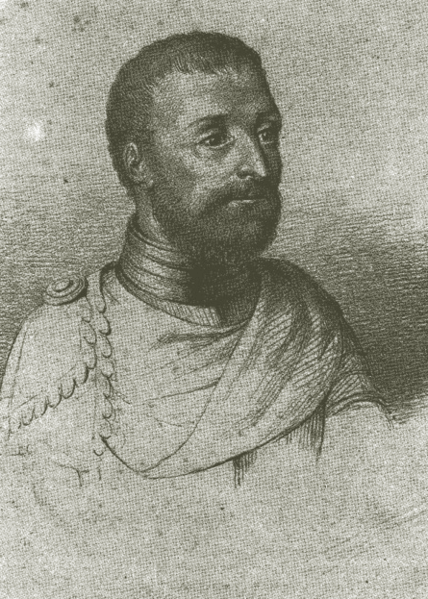
Out of all these survivors, Antonio Pigafetta was the most significant because his journals supply most of the information known about the first recorded expedition around the world.

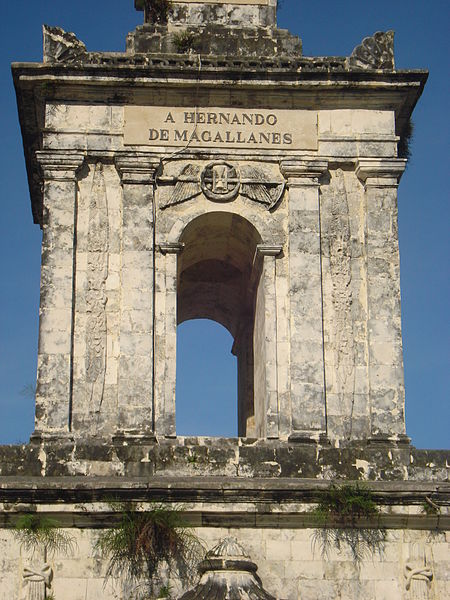

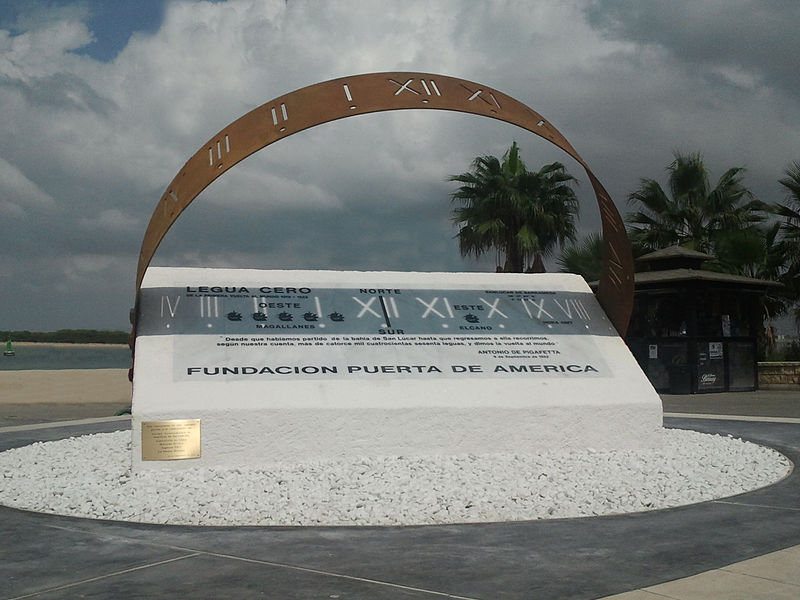
Taken from: http://www.history.com/this-day-in-history/magellans-expedition-circumnavigates-globe [06.09.2013]

No comments:
Post a Comment